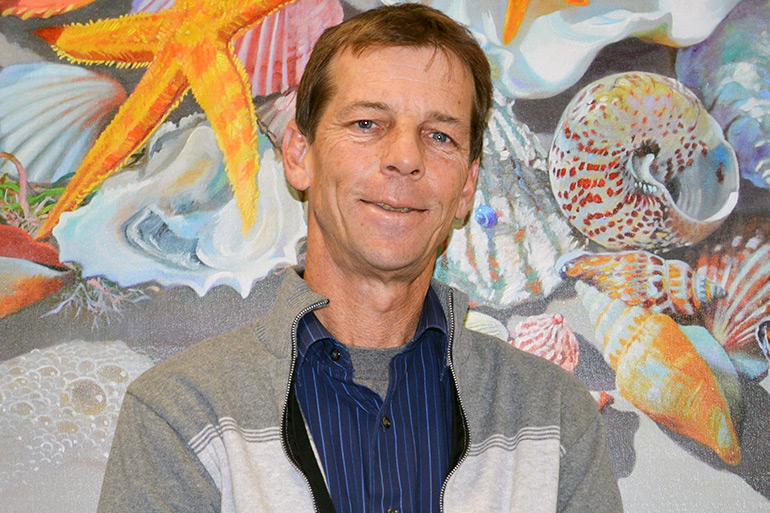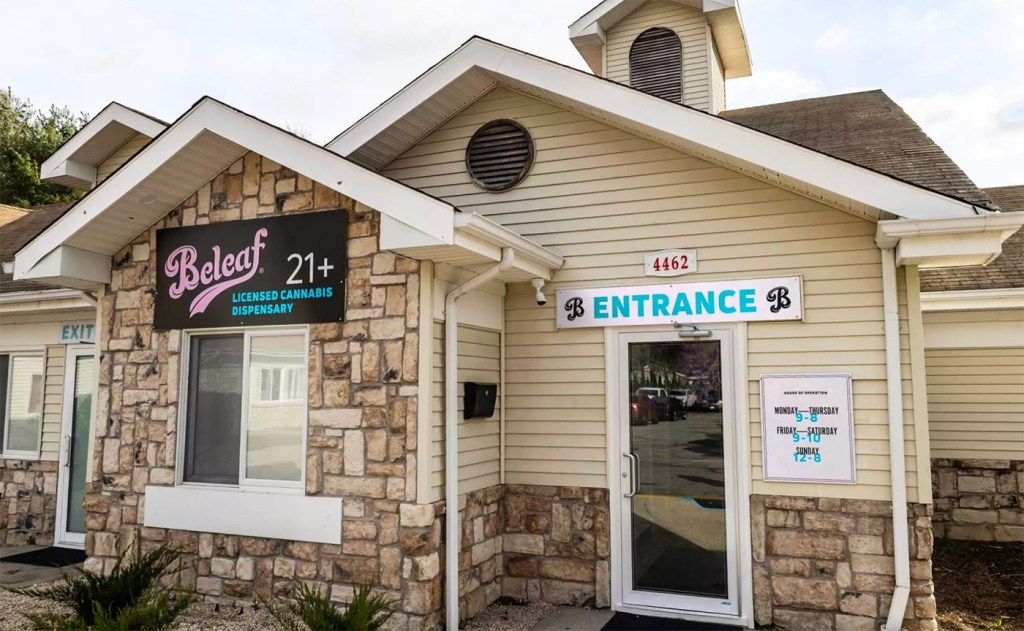Maureen’s Haven Is “Home” for Hamptons and North Fork Homeless

Maureen’s Haven Homeless Outreach’s new Executive Director, Dan O’Shea, hit the ground running last April and notes that 2018 was “a busy year,” which makes him a model of understatement. Maureen’s Haven is not one place, but it’s “home” to our area homeless.
It’s made up of a makeshift, beautiful patchwork of professionals and volunteers across both forks of the East End. Maureen’s mission to provide support services and emergency housing to the homeless community on the East End means that, during the winter months, 18 host sites staffed by 30 volunteer organizations welcome our homeless to a hot, home-cooked meal, a shower and a clean, safe bed for the night. They then see their guests off with breakfast and a packed lunch the next day, and they do this five days a week. The remaining two days find many of our homeless staying overnight at John’s Place in Mattituck, which is run by the Mattituck Presbyterian Church.
Founded in 2002, the nonprofit is named for Sister Maureen Michael, a Dominican Sister, who tried to set up a similar program decades ago but could not find congregations willing to participate. The current iteration began in response to founding board members witnessing homeless people sleeping in the woods and at a local train station. As O’Shea says, “We have a supportive board that truly believe and care about the homeless.”
O’Shea came into his position with a fire in his belly to “increase community relations, increase fundraising, realize better social media, to be more of an overall presence.” And he’s well on his way. He now issues weekly, detailed emails to all of the site and volunteer coordinators because, as he says, “it’s all about communication.” He’s “meeting more volunteers and coordinators to review strengths and weaknesses, toward improving efficiencies and becoming more sustainable.”
Their winter shelter season is “an all-hands-on-deck effort” according to O’Shea that, in the past, has run from November through March. O’Shea has officially extended it to run through April in 2019.
When O’Shea comes into the Dan’s Papers Southampton offices for an interview, he’s just completed a marathon. He says, “I visited all our host sites on their first nights to thank them and to get to know them.” So his emphasis on the fact that being homeless is fatiguing is palpably empathetic. As he says, “It’s exhausting! Imagine carrying all of your belongings, walking outdoors, always sleeping with one eye open.”
O’Shea stresses the difference between “shelter” and “housing.” Chronically homeless individuals are continually homeless for three years or more. This may include periods of incarceration, hospitalization and temporary housing. It’s not uncommon for homeless people to seek housing in a prison or hospital. Some people are so desperate for food, clothing and security that they may break a law or injure themselves in order to get off of the street. Here’s something more to chew on: Many food pantries are not equipped to help the homeless. People who don’t have access to a kitchen can’t prepare meals. And homeless people don’t have addresses, which some food pantries require for registration.
Just imagine trying to sleep on a cot alongside a bunch of strangers in a church basement. Now imagine trying to sleep without that cot, alone, without shelter or a hot dinner night after night after night. Imagine never having a clean pair of socks, or underwear. Imagine being worried about what you’ll find to eat today, but at the moment you desperately need a place to relieve yourself. And maybe you’re hearing loud voices that no one else does.
When asked what East Enders might find most surprising about the homeless population out here, O’Shea replies, “that there is one, and it’s fairly sizable.” Estimates are that each village has six to twelve homeless citizens at any given time. The number goes down in the warmer months when there’s more employment available.
Needy people are not always grateful or pleasant, or even making a lot of sense when you help them. O’Shea says “Mental illness leads to very low trust factors; we have to show that we’re truly working on their behalf. Trust goes a LONG way.” O’Shea characterizes Maureen’s clients as people who are in need of “a little extra support to get back on their feet.” He points out that “so many just miss an appointment which leads to them being sanctioned, cut off from Department of Social Services (DSS)-funded programs for 15, 30, 60 or 90 days.”
O’Shea and his staff research what clients currently need most, from access to counseling, medical attention, Medicaid, employment, footwear, or a bus ticket. He was delighted to share two recent success stories—Sarah and Herb.
Sarah “is a real sweetheart,” over 60 years old and originally from North Carolina. When she came to Maureen’s she was shut out of DSS programs, sanctioned due to a missed appointment. In addition to providing Sarah with temporary shelter and support, Maureen’s helped her visit her sister in North Carolina over the Thanksgiving holiday. She reconnected and is poised to move back into an apartment there, but has returned for a few court dates in New York. O’Shea says proudly, “She’s taking care of her business, she’s doing what she needs to do. We’re so happy for her.”
After years on the waiting list for a Section 8 apartment, Herb got the call. A hoarder, he was reluctant to accept the housing. O’Shea and his staff took Herb to visit the apartment and persuaded him to take it. At press time, Herb had remained settled in his apartment for well over a month.
Who’s homeless on the East End these days and nights? O’Shea notes, “Our population might not be who you think it would be,” but like the general population, it’s growing older. About 30% of our homeless are over 55 years of age; 20-25% are female; racially, the makeup is equally divided between white, Latino and African American guests, with a small demographic of Asians and Native Americans.
O’Shea strives to look beyond shelter, to ultimately focus on reintegration programs. He endeavors to reestablish relationships and explore innovative and cost-effective approaches that could be undertaken in conjunction with area animal shelters and art programs through internships and scholarships. He’s seeking “tremendous outcomes.”
O’Shea says that Maureen’s, with its limited staff and resources, has done an outstanding job with side support services and case management. “Through year-round case management, we’ve connected clients to services for housing, addiction, and mental healthcare.”
As a grassroots organization, Maureen’s is always in need of donations and support—they receive less than 20% of their funding from the government. O’Shea points out that, though Maureen’s is always stretching to do more to combat homelessness itself, it’s critical for any group or volunteer to have an achievable goal on the horizon. Right now, for example, they really need a van driver 3-4 days a week.
O’Shea asks, “Are there things you think you can do?” Recently a local organization raised $2,000 for the purchase of new sneakers for guests, which O’Shea characterizes as “HUGE!” And he adds that “Boots, for example, give a goal. New medications are expensive.”
He adds, “My vision for 2019 is to have a greater role, more outreach to librarians, deli clerks, law enforcement, to get them to know and trust us.”
Though Maureen’s works year-round, at this time of year especially, O’Shea says that his work and the volunteers’ work “crosses over to a spiritual end. It’s so important to them as a church, as a temple, to really give back, a little deeper, further. Following a true sense of mission to provide fellowship to the needy is near and dear to them.”
O’Shea describes his experience of this shared mission as “extremely inspiring, very humbling. I have a lot of people doing a lot of good. It all comes back to compassion and funding, and awareness.”
To learn more about volunteering with Maureen’s Haven, or to make a donation, visit maureenshaven.com.



